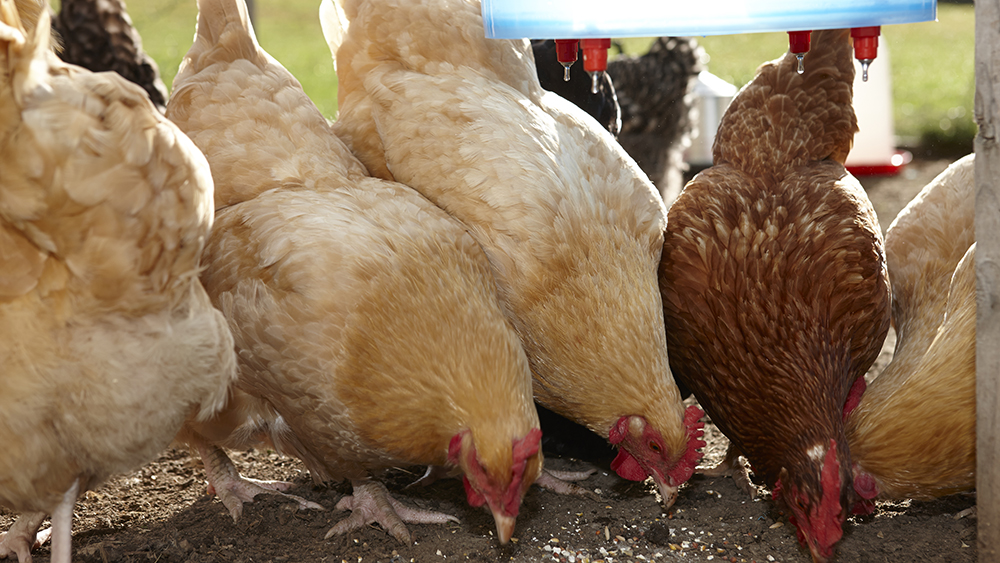
Adding a flock to your backyard can be exciting, rewarding, but also overwhelming! From the day you bring your chicks home to the first egg in the new nesting box, we are here to provide you with what you need to know when getting started with backyard chickens.
Check Local Ordinances
The first thing you should do is check with your city, state, local, and homeowner’s association ordinances. Common restrictions include: the numbers of hens, the cleanliness of the coop, slaughtering bans, and rooster exclusions. Some towns even require a permit to own chickens or a building permit for a coop over a certain size.
Choose the Right Breed
There are hundreds of breeds of chickens to choose from and it can be intimidating to know which one is best for you. Check out this list of best breeds for beginners to help decide. These breeds are generally friendly, easy to care for, and lay a lot of eggs.
Prepare for Your Chicks
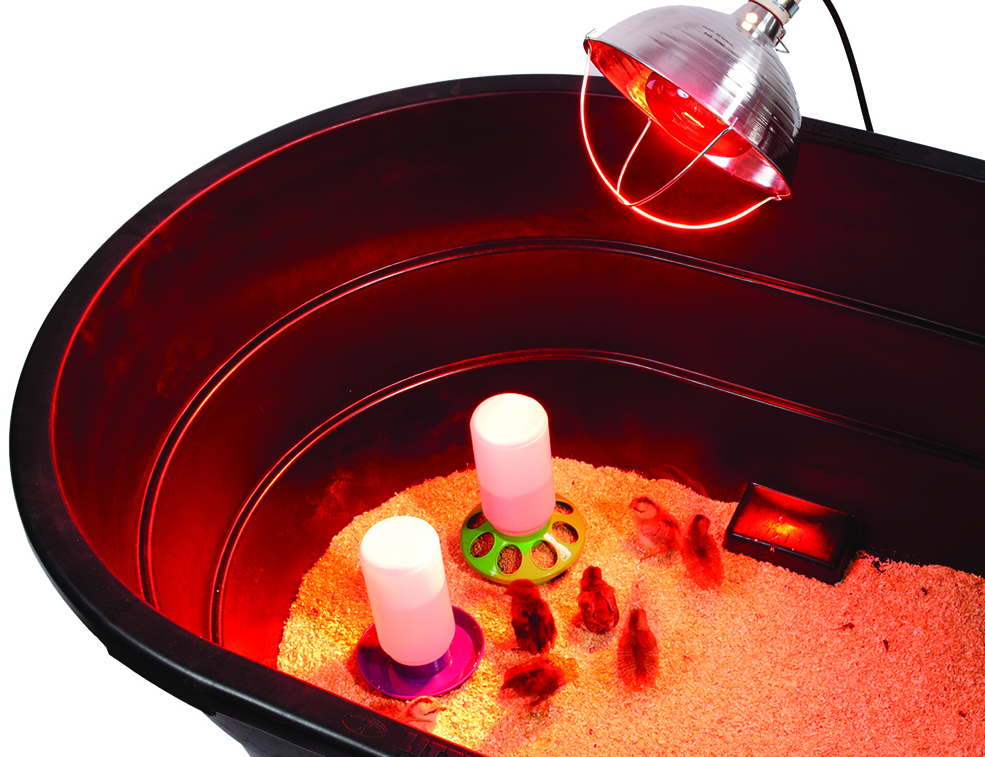
Brooder
You will need to set up a safe observatory for your baby chicks to grow in. Little Giant® offers a variety of brooder options including: a galvanized steel brooder, a plastic brooder kit, and poly stock tanks that many people use because its round edges prevent crowding.
Feeding and Watering
Chick feeders and waterers made specifically for the young birds make it easy for them to drink while keeping them safe from drowning. To introduce them to the water, lightly dip each chick’s beak into the waterer to let them know where and what it is.
Warmth
Baby chicks are extremely susceptible to temperature swings. The temperature of the brooder for chicks is very important to keep steady, warm, and consistent. You should keep the temperature in the area around 95 degrees Fahrenheit when you first receive your chicks. The use of a heat lamp will keep all your chicks content.
The Double-Tuf® DTBPKIT has everything you need to get your chicks started with your chicks!
Bedding
There are plenty of options to line your brooder to aide in heat retention and to absorb waste from the chicks. From paper to pine shavings, feel free to use a cost effective solution for your situation. By introducing your chicks to their food and water from the get-go, you should be able to avoid any ingestion of the bedding material. Backyard Chickens has a great guide to bedding options.
Picking Your Chicks

When it comes time to pick your chicks, it’s good to know what signs to look for and to avoid. You can get your chicks from a number of places including a farm supply store, local farmer, or hatchery.
Here are the signs of a healthy chick:
- They’re alert and active – may be cheeping softly, looking for food, and will move away from you when approached. Chicks that aren’t well will appear lethargic and constantly sleepy, and may not try to move away when approached
- If chicks are happy, healthy and warm, they won’t huddle together when awake
- Bright-eyed – chicks with a blank stare, crusted eyes or always sleepy may not be healthy
- Look for a beak that is not crossed over or broken – birds with beak issues will have problems eating and drinking
- Healthy feathers – unless you’re buying an older chicken during molt, chickens and chicks shouldn’t be missing feathers
- Straight legs, feet and toes – an unhealthy chick may have difficulty walking or have poor posture with its neck retracted into its body
- If a bird is acting dull, withdrawn or hunched over, it could indicate a serious problem
Build or Buy a Chicken Coop
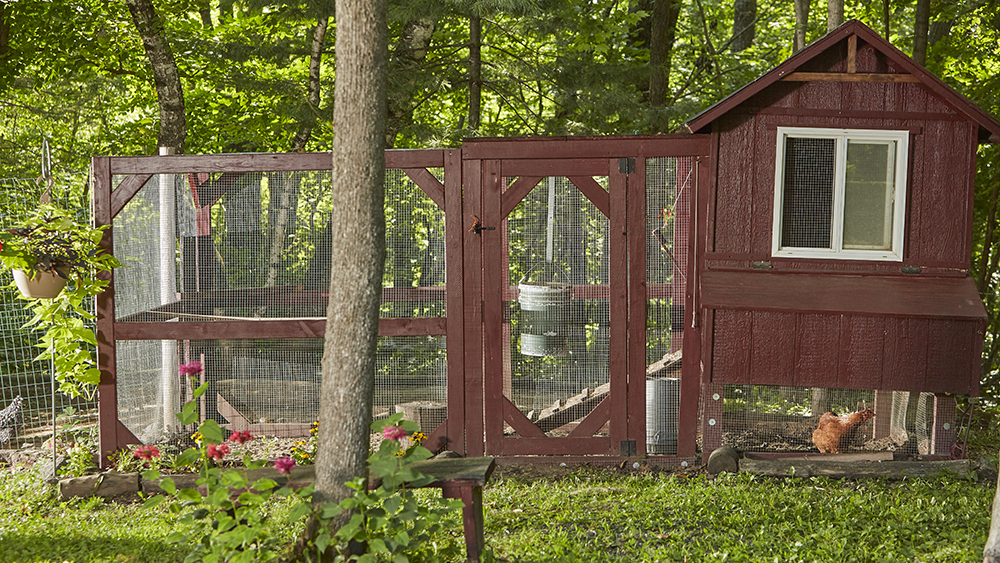
It’s time to buy or build your chickens a home. Having a sturdy home that provides warmth and comfortable shelter away from the weather and natural predators is essential. You have many options when it comes to chicken coops. You can either buy ready-made coops, coop kits, or choose to build your own. If you do plan to build your own coop, check out these 44 DIY Chicken Coop Plans.
Transition the Chickens Outside
Once your chicks are old enough to flock to their outdoor coop, you can slowly transition them to get acclimated to their new environment. It is recommended to start out with an hour or two in their new home and slowly increase the time until they are fully accepting.
Prepare for Eggs

Now, for the egg-citing part… the eggs! According to Backyard Chicken Coops, the average hen starts to lay eggs around 18-24 weeks. Many people find that incorporating ceramic eggs in nesting boxes encourage their hens to lay their own. They look and feel like the real thing — same color, size and weight! They also help discourage chickens from pecking or eating eggs. The frequency and size of eggs all depend on the breed of chicken. Your new feathery friends can lay everyday, so be sure to check all around your coop to collect them all and stock up on egg cartons to keep them secure.
To download our Little Giant® Guide to Backyard Poultry, click here.


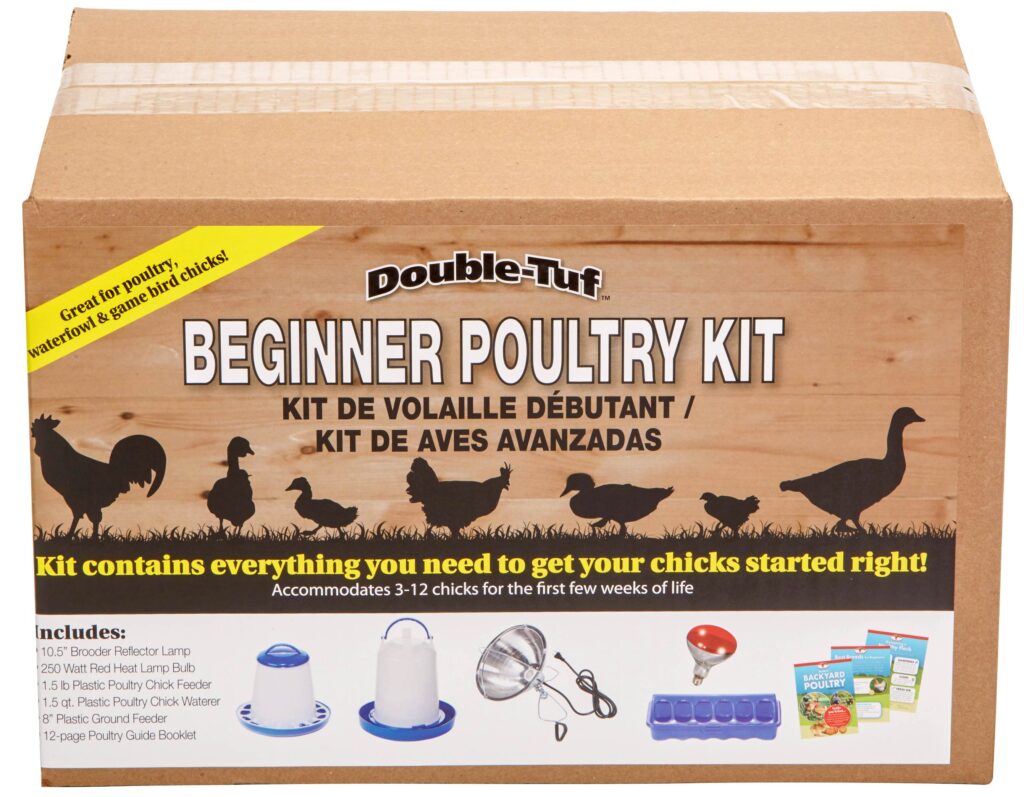
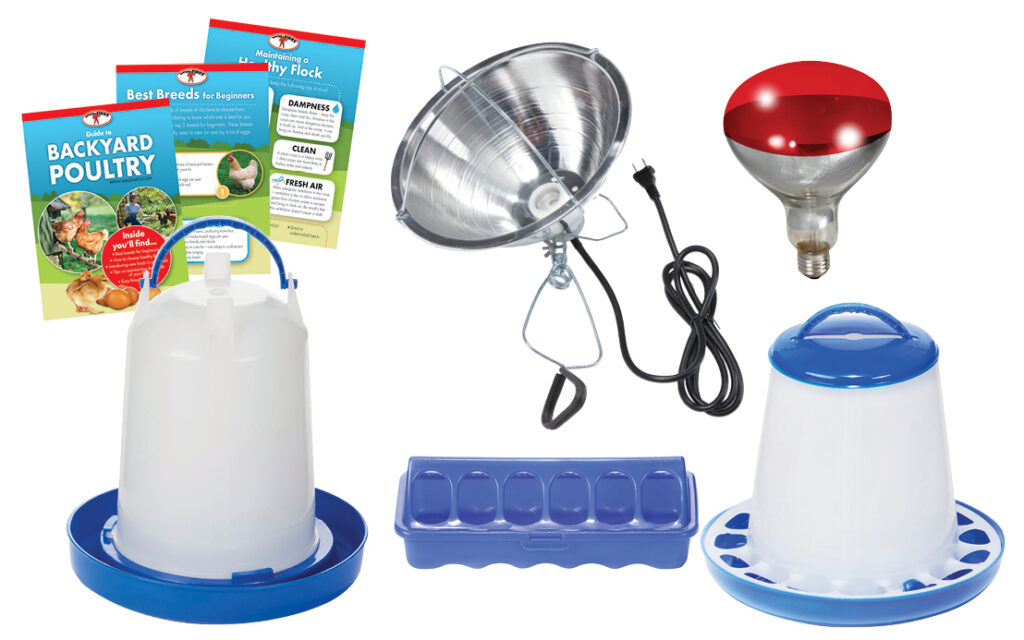





Leave a Reply